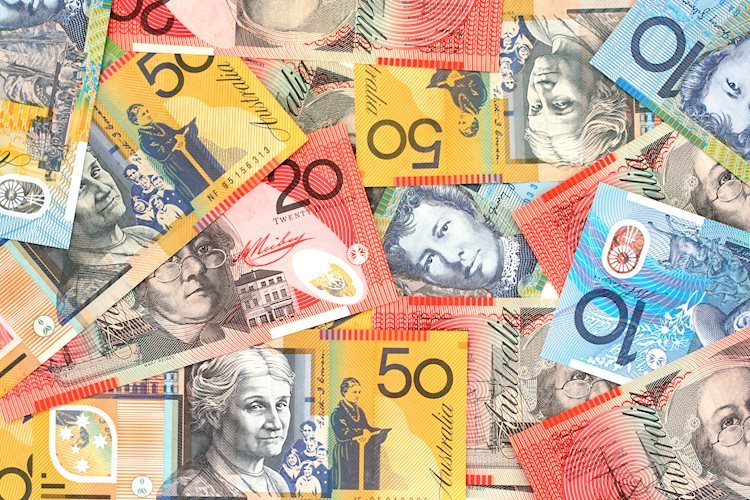The AUD/USD pair took a hit after the release of the US NFP data for August, falling to near 0.6700. The disappointment from the US job growth data boosted hopes for a Fed interest rate cut. Despite some hawkish interest rate guidance from RBA Bullock, the Australian Dollar failed to gain momentum.
In the aftermath of the US NFP data, the US Dollar Index (DXY) climbed to near 101.40, reversing its previous downside movement. The NFP report showed weaker job demand, with fresh payrolls coming in lower than expected at 142K. This has increased market expectations that the Fed could aggressively cut interest rates in response to the weak job data.
According to the CME FedWatch tool, there is a 45% likelihood that the Fed could begin reducing interest rates by 50 basis points to 4.75%-5.00%. This is up from 30% recorded just a week ago. The disappointing US job data has given the Fed the green signal to start reducing the policy-easing process this month.
In the Asia-Pacific region, the Australian Dollar continues to perform weakly despite speculation that the RBA is unlikely to cut interest rates this year. RBA Governor Michele Bullock’s hawkish interest rate guidance suggested that the RBA does not expect to cut rates in the near term if the economy evolves as anticipated. This has strengthened the prospects of the RBA keeping interest rates at their current levels by the year-end.
Overall, the AUD/USD pair experienced a decline after the US NFP data release, with the US Dollar gaining strength in response to the weaker job growth. The possibility of a Fed interest rate cut has increased, and the Australian Dollar failed to find support even after some hawkish statements from the RBA. It remains to be seen how these factors will continue to impact the currency pair in the coming days.











